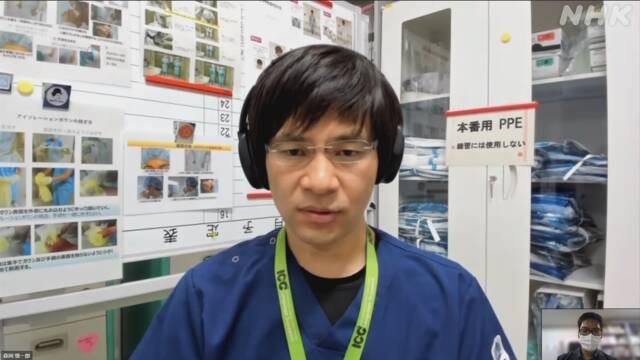Among the new coronaviruses, the number of people who had sequelae after being infected with the currently mainstream Omicron strain was about one-tenth that of the previously spread new coronavirus, according to the National Center for Global Health and Medicine. I found out by the investigation such as.
However, the number of people infected with the Omicron strain is extremely high, and there is a risk that many people will suffer from sequelae.
Research groups such as the National Center for Global Health and Medicine have interviewed 53 patients in their 20s and 80s who were hospitalized with Omicron strains by the beginning of February in detail about their subsequent symptoms, such as Alpha strains and Delta strains. Compared to people infected with a previously spread virus.
Comparing people who had symptoms that seemed to be aftereffects such as malaise, shortness of breath, and abnormalities of smell and taste for 2 months or more, according to conditions such as age, gender, and vaccination history, the Omicron strain continued to have malaise. It means that 1 out of 18 people had some symptoms such as Alpha strain, while 10 out of 18 people had some symptoms.
The research group analyzes that the number of symptoms that appear to be sequelae in Omicron strains is thought to be about one-tenth, but the number of infected people is so large that many people may suffer from sequelae. is.
Dr. Shinichiro Morioka, who analyzed, said, "It is important to know that the Omicron strain has few sequelae. However, the number of people who could be investigated was small, and the difference in symptoms and duration was not known, so we would like to cooperate with more people. I want to get it and analyze it more accurately. "

